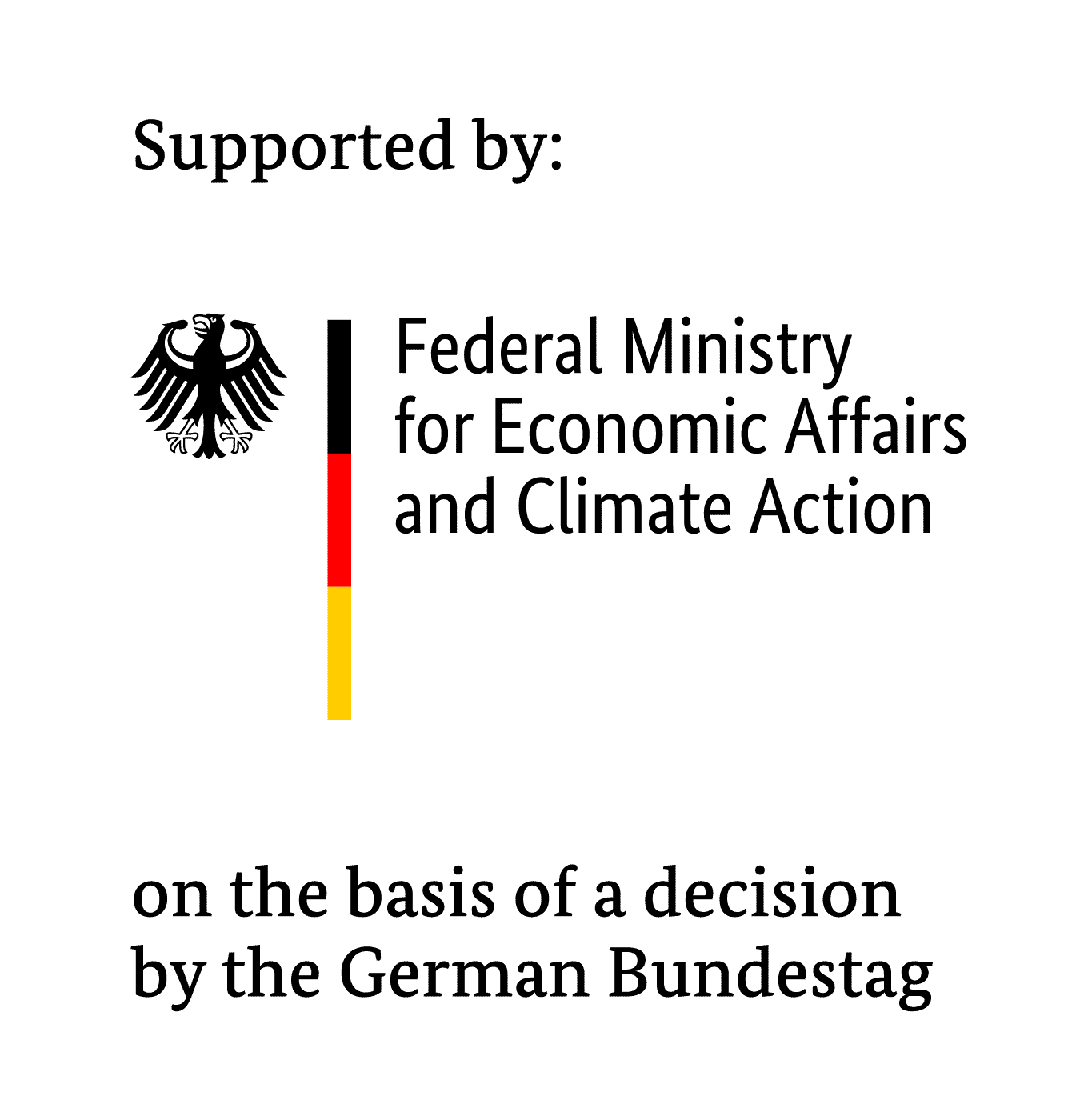Projectname:
Development and validation of a process for the efficient, fast, contact-free and locally defined joining of narrow surfaces on wood-based panels
Workgroup: Filling and packaging processes
Forschungsstelle und wissenschaftliche Betreuung:
1.Technische Universität Dresden, Institut für Naturstofftechnik, Prof. Dr. Jens-Peter Majschak
IGF: 19575 BR
Financing: BMWi
Duration: 2017 – 2019
The coating of narrow surfaces is a very important step in the production of components for furniture and interior fittings. The joining processes currently available on the market have disadvantages either from a technological point of view or for cost reasons. For example, the hot melt adhesive process requires high energy expenditures for thermal activation of the hot melt adhesive and comparatively long process times and preparation periods as well as increased handling costs apply. In hot air processes there is a strong heating of machine parts by blowers and there is a risk of accidents by hot machine parts. In addition, defects in the quality of the bonding as well as optical restrictions in the development of the joint pattern occur time and again. In modern laser-assisted processes, units are used which, in addition to high investment costs, also incur high energy costs during operation and additional costs for developing and maintaining a safety concept (laser safety classes).
The research project intends to develop a joining process for narrow surfaces on wood-based panels using ceramic heating elements (radiant heat joining for short). The narrow surface coating material (SFBM, or also: edge) is fed to the wood-based material and joined to the component by the effect of extremely effective heat generation close to the radiator heater. The thermal activation directly in the area of the joint prevents unnecessary time and local misalignment. The highly dynamic switch-on/switch-off behaviour of the heaters facilitates rapid reaching of the operating temperature and contributes to shortening the machine start-up periods. SFBMs are used which have a functional layer on the inside which is activated for bonding when heat is introduced. Such SFBMs can be produced cost-effectively because, unlike laser SFBMs, they do not require expensive optical absorbers. In contrast to lasers, radiant heat joining can also deposit large amounts of energy close to the effective area.
Furthermore, by implementing many individually controllable heating zones, the area to be heated can be adapted to the specific material and format, thus avoiding undesired overheating of surrounding areas. Above all, the inhomogeneity of the wood materials, e.g. in the density differences between the top layer and the middle layer, is taken into account. For applications on edge banding machines (KAM) with very high feed speeds, several radiation heaters can be used modularly one after the other.

The IGF project presented here is funded as part of the program for the promotion of industrial community research (IGF) by the Federal Ministry for Economic Affairs and Climate Action based on a decision of the German Bundestag.